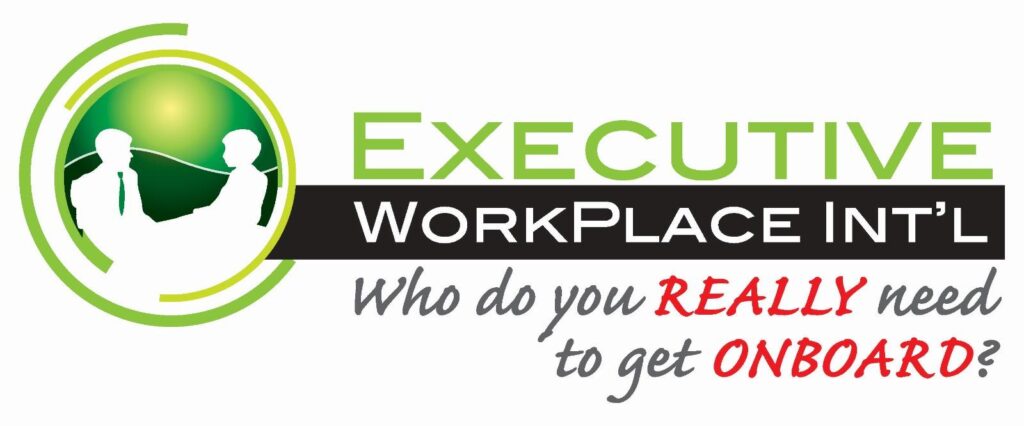As an employer, navigating the hiring process, employee management, and retention can be challenging. Here are some frequently asked questions (FAQs) that employers often encounter, along with answers to help streamline operations and foster a productive work environment.
1. How do I attract top talent to my company?
To attract top talent, it’s important to build a strong employer brand that highlights your company culture, values, and the benefits you offer. Use clear and engaging job postings, optimize your online presence (company website, social media), and tap into your network for referrals. Offering competitive salaries and growth opportunities also makes your company more appealing.
2. What should I include in a job description?
A job description should be detailed and specific. Include the job title, responsibilities, required skills and qualifications, experience level, and any special requirements (such as certifications). You should also highlight any unique perks or benefits, along with a brief overview of the company culture and mission.
3. How can I conduct effective interviews?
Prepare structured interviews by creating a standardized set of questions that evaluate both technical skills and cultural fit. Use behavioral questions to gauge how candidates have handled situations in the past, and involve multiple team members in the process to get different perspectives. Finally, actively listen and provide a welcoming environment to create a positive candidate experience.
4. What are the best ways to evaluate a candidate’s cultural fit?
To assess cultural fit, ask questions that explore a candidate’s values, preferred work environment, and how they approach teamwork. You can also describe your company culture and ask how they see themselves fitting in. Additionally, observe their communication style and body language to assess how comfortable and aligned they are with your team’s dynamic.
5. How can I ensure new employees are successfully onboarded?
Create a structured onboarding program that includes clear objectives, training, and regular check-ins. Assign a mentor or buddy to help new hires adjust to the company culture. Ensure they understand their role and expectations from the outset and provide opportunities for early engagement with team members.
6. What are the best practices for employee retention?
To retain employees, focus on creating a positive work environment that offers professional growth, competitive compensation, and work-life balance. Regularly check in with employees to discuss their career goals and development needs. Recognizing achievements, providing feedback, and promoting a sense of belonging also contribute to higher retention rates.
7. What should I do if an employee isn’t meeting expectations?
If an employee is underperforming, first communicate the issue clearly and provide actionable feedback. Identify if there are any underlying issues, such as lack of training or personal challenges, that can be addressed. Create a performance improvement plan (PIP) with measurable goals and timelines. Regularly monitor their progress and offer support throughout the process.
8. How can I handle conflict in the workplace?
Workplace conflicts should be addressed quickly and professionally. Encourage open communication between the parties involved and facilitate a respectful discussion. Focus on finding a solution rather than assigning blame. If necessary, involve HR or a neutral third party to mediate the situation and ensure everyone is heard.
9. How do I keep employees engaged and motivated?
Employee engagement can be increased by offering opportunities for growth, providing regular feedback, recognizing their contributions, and creating a positive and inclusive work environment. Offering flexible work options, team-building activities, and professional development programs can also help maintain high levels of motivation.
10. What are the key legal obligations I should be aware of as an employer?
Employers must comply with various legal requirements, including wage and hour laws, anti-discrimination laws, workplace safety regulations, and tax obligations. Familiarize yourself with local, state, and federal employment laws to ensure compliance. If unsure, consult with a legal professional to avoid potential risks.
Conclusion
Being an employer comes with many responsibilities, from hiring and onboarding to managing performance and retention. By addressing common questions and challenges proactively, employers can build a productive, engaged workforce and maintain a positive, compliant workplace.





